
THE BENEFIT
When constructing your palette, the possibilities are endless. Knowing this, it should be evident there is no unique, correct solution to finding the best palette for every occasion. This challenge is therefore not meant to define a single answer to the best landscape or still life palette, but to suggest some places to start which can help you find your own solutions.
THE PROCESS
Cadmium Yellow, Lemon Yellow, Chrome Yellow, Indian Yellow… When setting up your palette, there are more pigments to choose from than ever before. But how do you know which one to use for your particular painting? Which are the best and most versatile colours for landscape, portrait or still life? In this challenge, I will detail what to look out for and suggest pigments to use when setting up your palette, be it for a still life, landscape or portrait painting.
First a bit about how to set up your palette. The classical way of arranging the colours on your palette is from light to dark, adding the white and black (if used) at the outer edges of the palette, and then adding the colours in between, usually in the following order: white, yellow, orange, red, purple, blue, black, green. Many great artists of the past have set up their palettes this way, including Anders Zorn and John Singer Sargent.
This structural method of setting up is popular because it allows you to reach for your colours instinctively, given that the yellows are near the lighter end of the palette, whereas the blues are near the darker end.
Denne historien er fra January 2021-utgaven av Artists & Illustrators.
Start din 7-dagers gratis prøveperiode på Magzter GOLD for å få tilgang til tusenvis av utvalgte premiumhistorier og 9000+ magasiner og aviser.
Allerede abonnent ? Logg på
Denne historien er fra January 2021-utgaven av Artists & Illustrators.
Start din 7-dagers gratis prøveperiode på Magzter GOLD for å få tilgang til tusenvis av utvalgte premiumhistorier og 9000+ magasiner og aviser.
Allerede abonnent? Logg på

Still life IN 3 HOURS
Former BP Portrait Award runner-up FELICIA FORTE guides you through a simple, structured approach to painting alla prima that tackles dark, average and light colours in turn
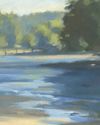
Movement in composition
Through an analysis of three masterworks, landscape painter and noted author MITCHELL ALBALA shows how you can animate landscape composition with movement
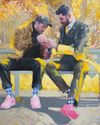
Shane Berkery
The Irish-Japanese artist talks to REBECCA BRADBURY about the innovative concepts and original colour combinations he brings to his figurative oil paintings from his Dublin garden studio
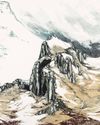
The Working Artist
Something old, something new... Our columnist LAURA BOSWELL has expert advice for balancing fresh ideas with completing half-finished work
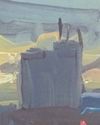
Washes AND GLAZES
Art Academy’s ROB PEPPER introduces an in-depth guide to incorporating various techniques into your next masterpiece. Artwork by STAN MILLER, CHRIS ROBINSON and MICHELE ILLING
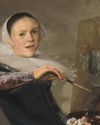
Hands
LAURA SMITH continues her new four-part series, which encourages you to draw elements of old master paintings, and this month’s focus is on capturing hands

Vincent van Gogh
To celebrate The Courtauld’s forthcoming landmark display of the troubled Dutch master’s self-portraits, STEVE PILL looks at the stories behind 10 of the most dramatic works on display
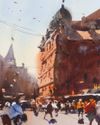
BRING THE drama
Join international watercolour maestro ALVARO CASTAGNET in London’s West End to paint a dramatic street scene
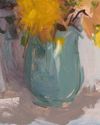
Serena Rowe
The Scottish painter tells STEVE PILL why time is precious, why emotional responses to colour are useful, and how she finds focus every day with the help of her studio wall

Bill Jacklin
Chatting over Zoom as he recovers from appendicitis, the Royal Academician tells STEVE PILL about classic scrapes in New York and his recent experiments with illustration